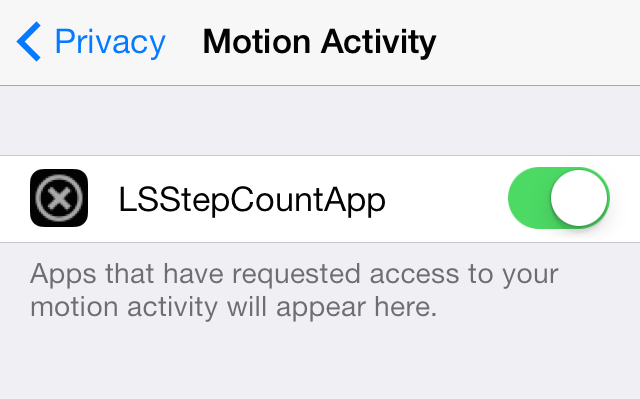The d3.utcYear function in D3.js is used to return all the years with date in the given range of start and end date in Coordinated Universal Time (UTC).
Syntax:
d3.utcYear.range(start, end, step);
Parameters: This function accept three parameters which are given below:
- Start: This parameter holds the given start date.
- end: This parameter holds the given end date.
- step: It is the optional parameter which holds the value used to skip years.
Return Value: This function returns all the possible years in the given range.
Below programs illustrate the d3.utcYear function in D3.js:
Example 1:
<!DOCTYPE html> <html> <head> <title> D3.js | d3.utcYear Function </title> <script src = </script> </head> <body> <script> // Initialising start and end date var start = new Date(2015, 01, 01); var end = new Date(2020, 01, 01); // Calling the utcYear function // without step value var a = d3.utcYear.range(start, end); // Getting the years values console.log(a); </script> </body> </html> |
Output:
["2016-01-01T00:00:00.000Z", "2017-01-01T00:00:00.000Z", "2018-01-01T00:00:00.000Z", "2019-01-01T00:00:00.000Z", "2020-01-01T00:00:00.000Z"]
Example 2:
<!DOCTYPE html> <html> <head> <title> D3.js | d3.utcYear Function </title> <script src = </script> </head> <body> <script> // Initialising start and end date var start = new Date(2015, 01, 01); var end = new Date(2020, 01, 01); // Calling the utcYear function // with step value var a = d3.utcYear.range(start, end, 2); // Getting the years values console.log(a); </script> </body> </html> |
Output:
["2016-01-01T00:00:00.000Z", "2018-01-01T00:00:00.000Z", "2020-01-01T00:00:00.000Z"]
Reference: https://devdocs.io/d3~5/d3-time#timeYear

